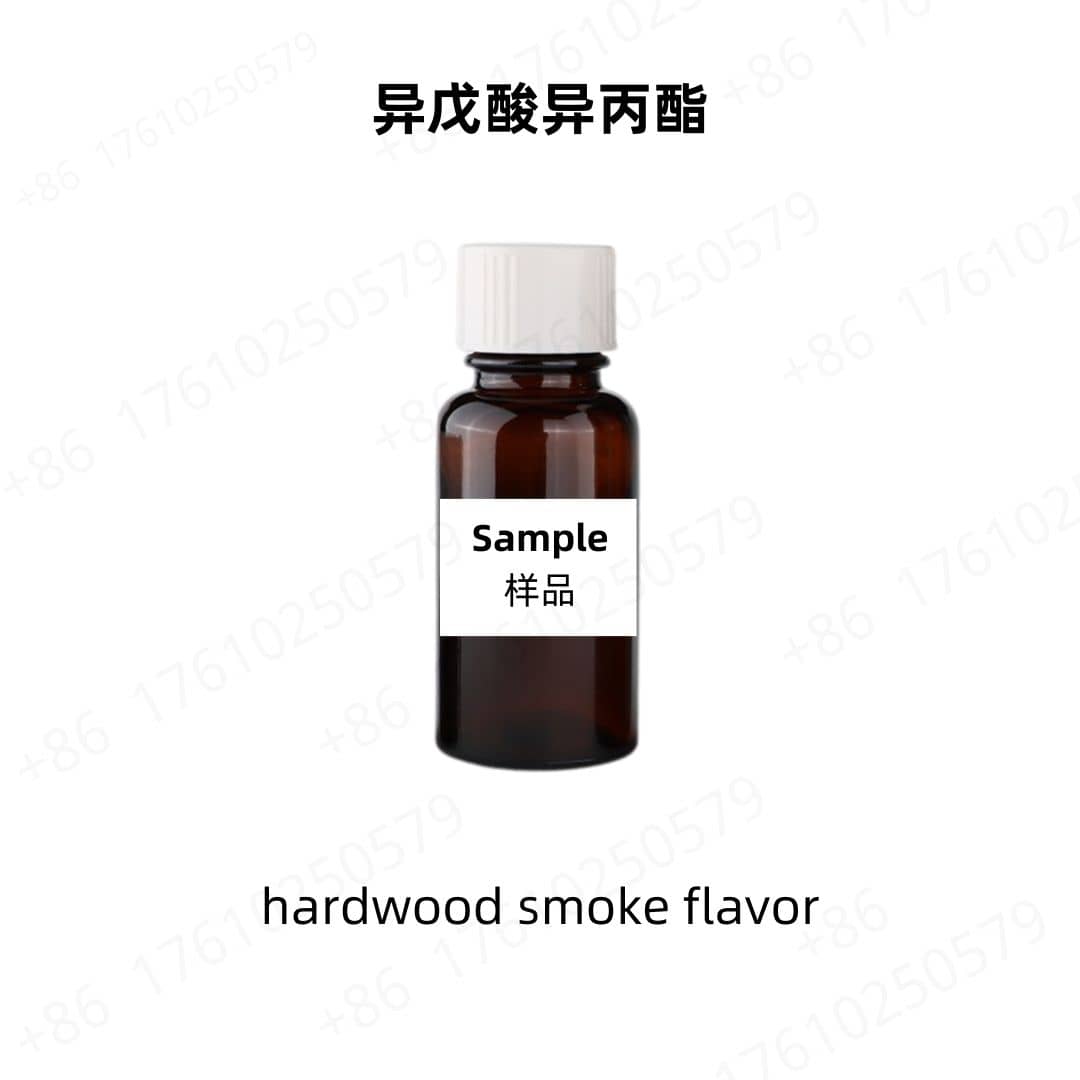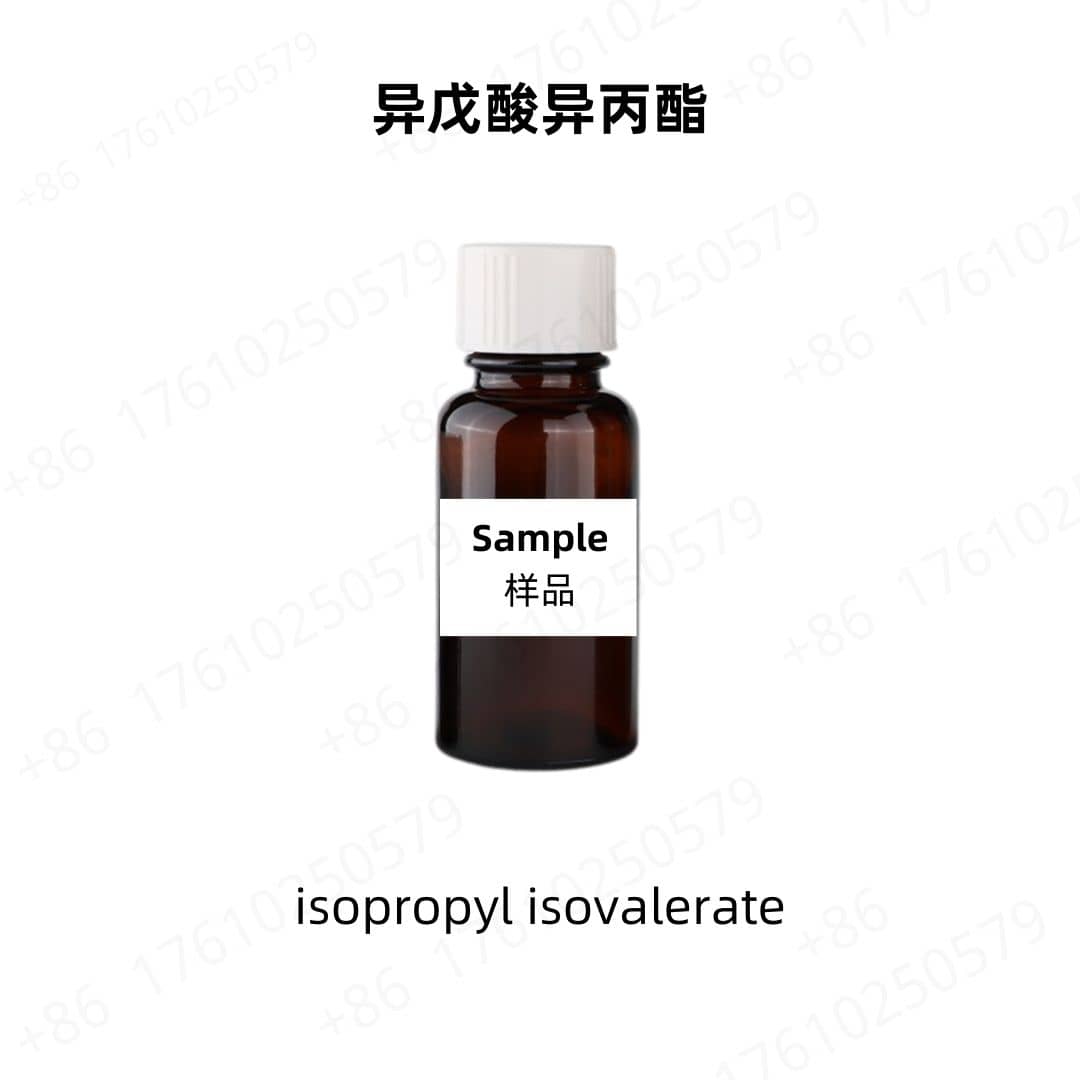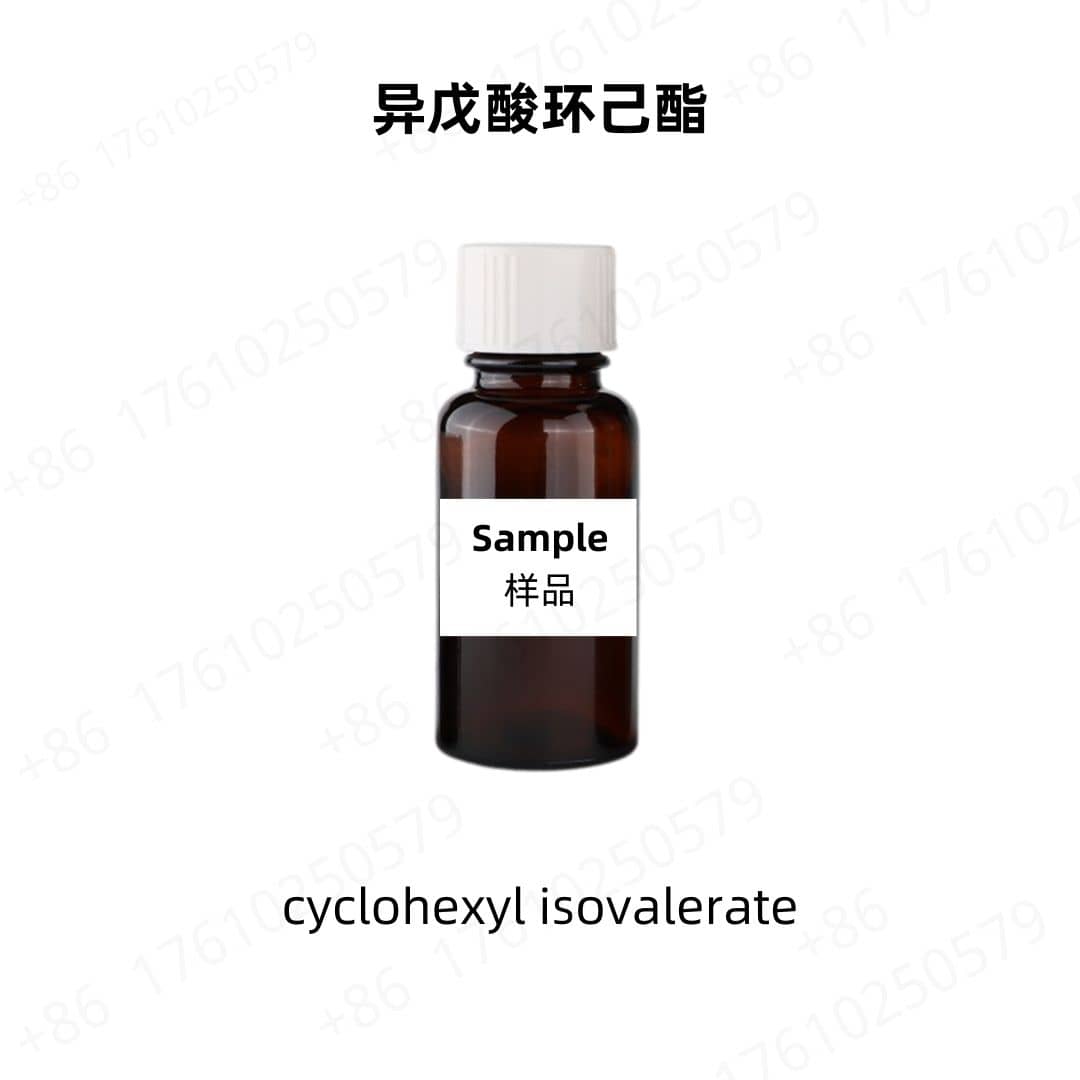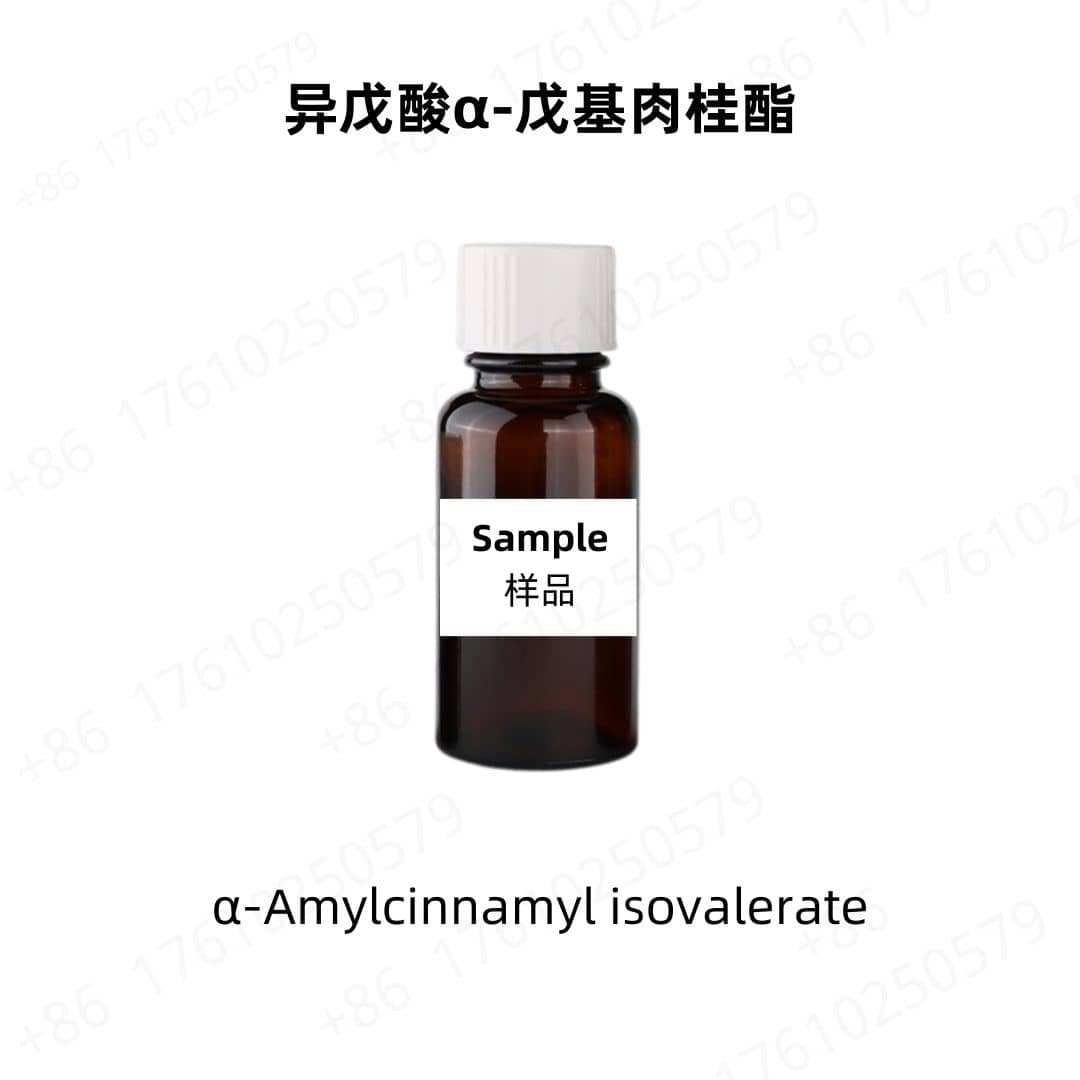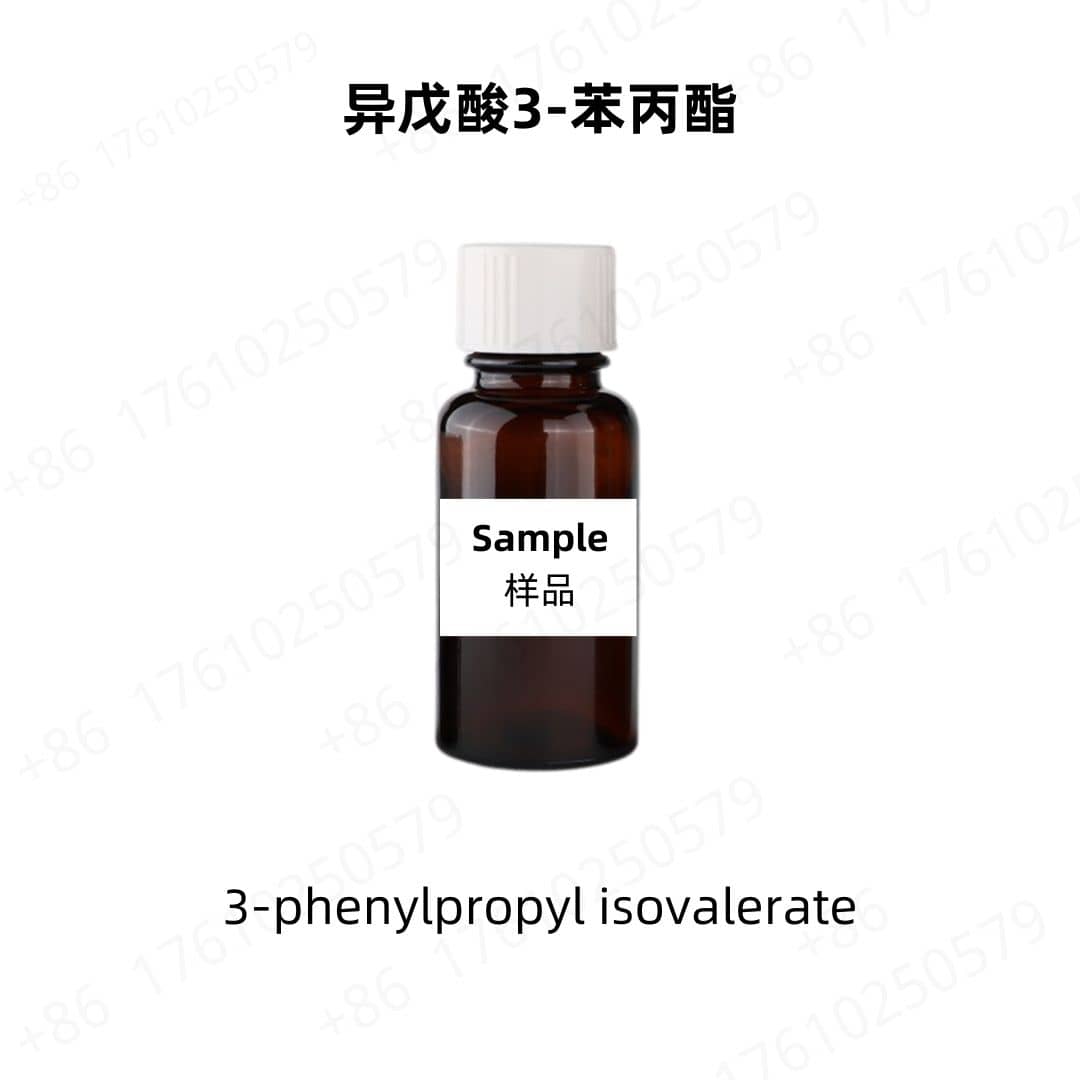Product Introduction
4-Amino-5-[3-(isopropylamino)-2,2-dimethyl-3-oxopropoxy]-2-methylquinoline-3-carboxylic acid sulfate is a synthetic compound that belongs to the class of quinoline derivatives. It is primarily studied for its potential applications in therapeutic formulations. As a compound with specific functional groups, it has garnered interest for its unique properties and potential uses in various sectors, particularly pharmaceuticals.
Product Composition
The chemical structure of 4-Amino-5-[3-(isopropylamino)-2,2-dimethyl-3-oxopropoxy]-2-methylquinoline-3-carboxylic acid sulfate consists of multiple functional groups, including an amino group and a carboxylic acid. These components play a significant role in its biological activity and solubility, enhancing its applicability in drug formulations. Understanding its composition is crucial for researchers looking to harness its properties in specific studies or product developments.
Production Process
The production of this compound involves multiple chemical synthesis steps, including selective reactions designed to form the quinoline framework. Precise control of reaction conditions, such as temperature and pH, is essential to ensure the desired purity and yield. Quality control measures are implemented throughout the process to maintain the integrity of the product, confirming that it meets industry standards.
Efficacy and Function
4-Amino-5-[3-(isopropylamino)-2,2-dimethyl-3-oxopropoxy]-2-methylquinoline-3-carboxylic acid sulfate exhibits potential efficacy in biological applications, showcasing properties that may affect various cellular processes. Its structural characteristics lend themselves to interactions with biological targets, suggesting modules for further research in pharmacology. The effectiveness of the compound can vary based on formulation and the presence of other active ingredients.
Application Scenarios
This compound is predominantly utilized in the pharmaceutical industry for research purposes, particularly when exploring new therapeutic agents. It may serve as a reference material in stability testing or as a standard in analytical procedures. Its unique properties make it a candidate for studies in drug design and development.
Packaging and Transportation
- Storage Conditions: The product should be sealed, protected from light, kept away from high temperatures, and stored in a dry, cool, and well-ventilated place.
- Packaging: Bulk packaging is 25kg per drum, sample packaging is 1kg per bottle, and custom packaging is available upon request.
- Shipping Methods: FedEx, DHL, dedicated logistics, and sea freight consolidation.
- Shelf Life: Two years.
Monica Sun’s expertise in the cosmetic ingredients industry spans emulsifiers, active components, and plant-based raw materials development and application. She is dedicated to integrating science and nature, providing high-performance and eco-friendly ingredient solutions for skincare and personal care products.









